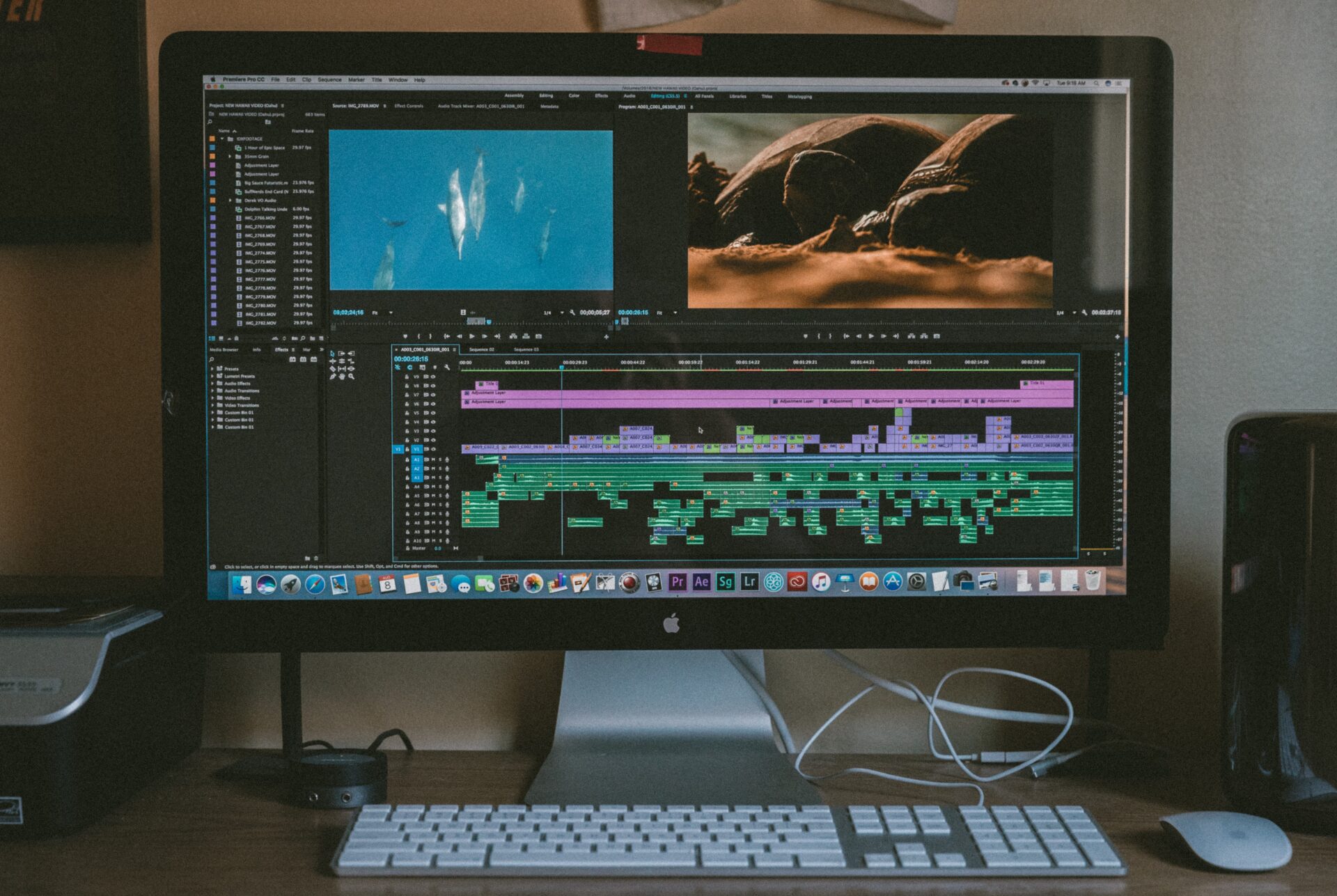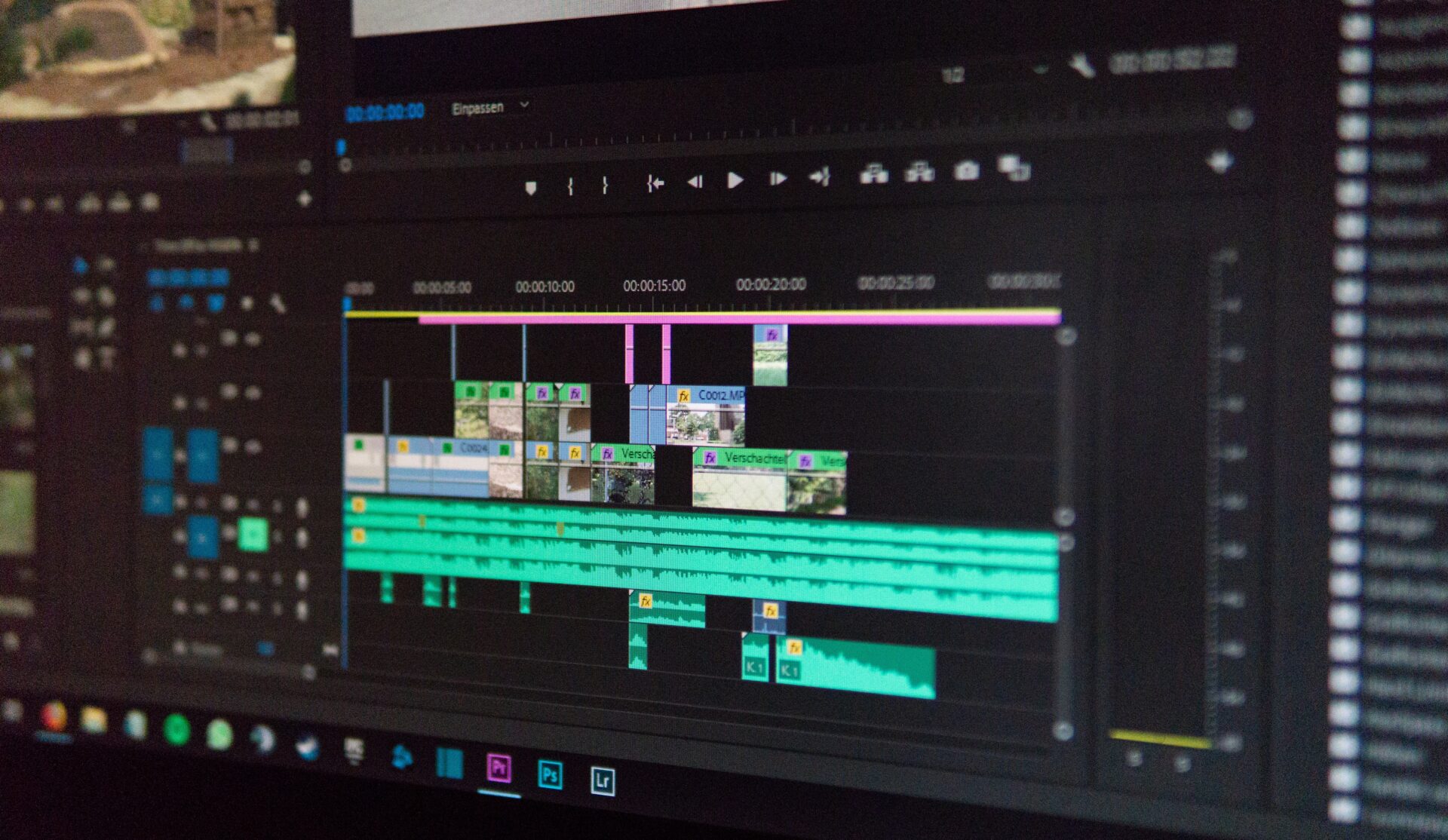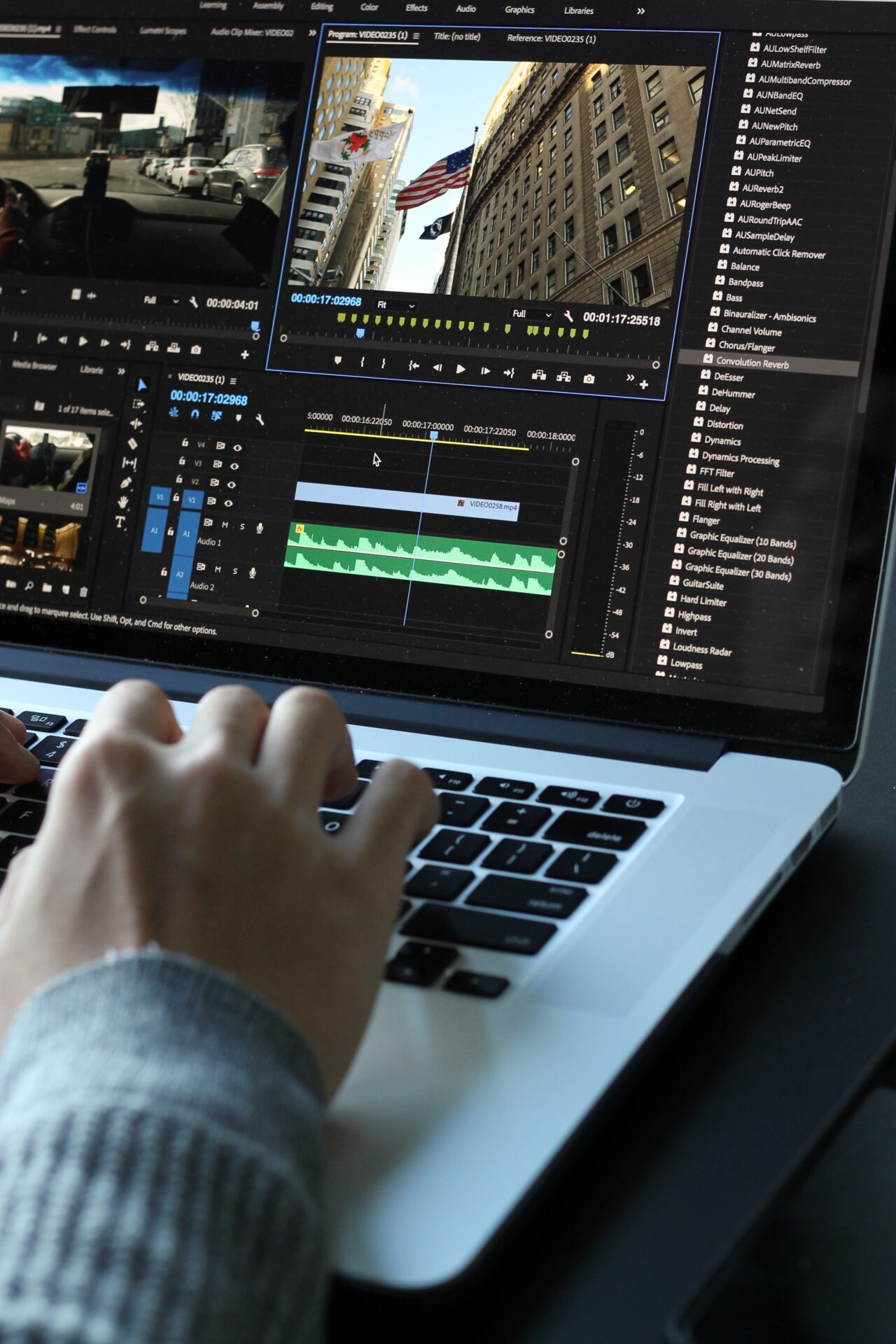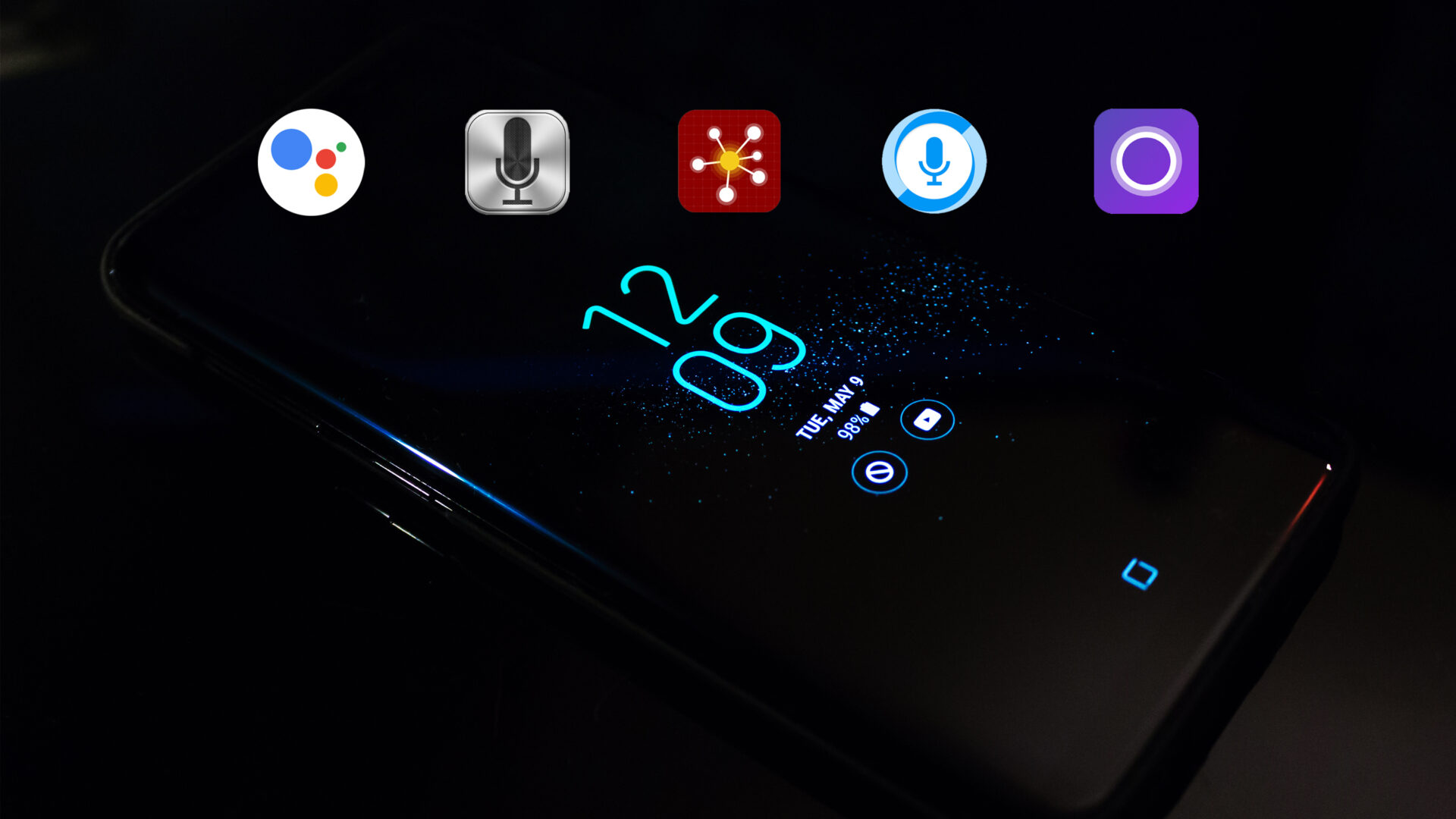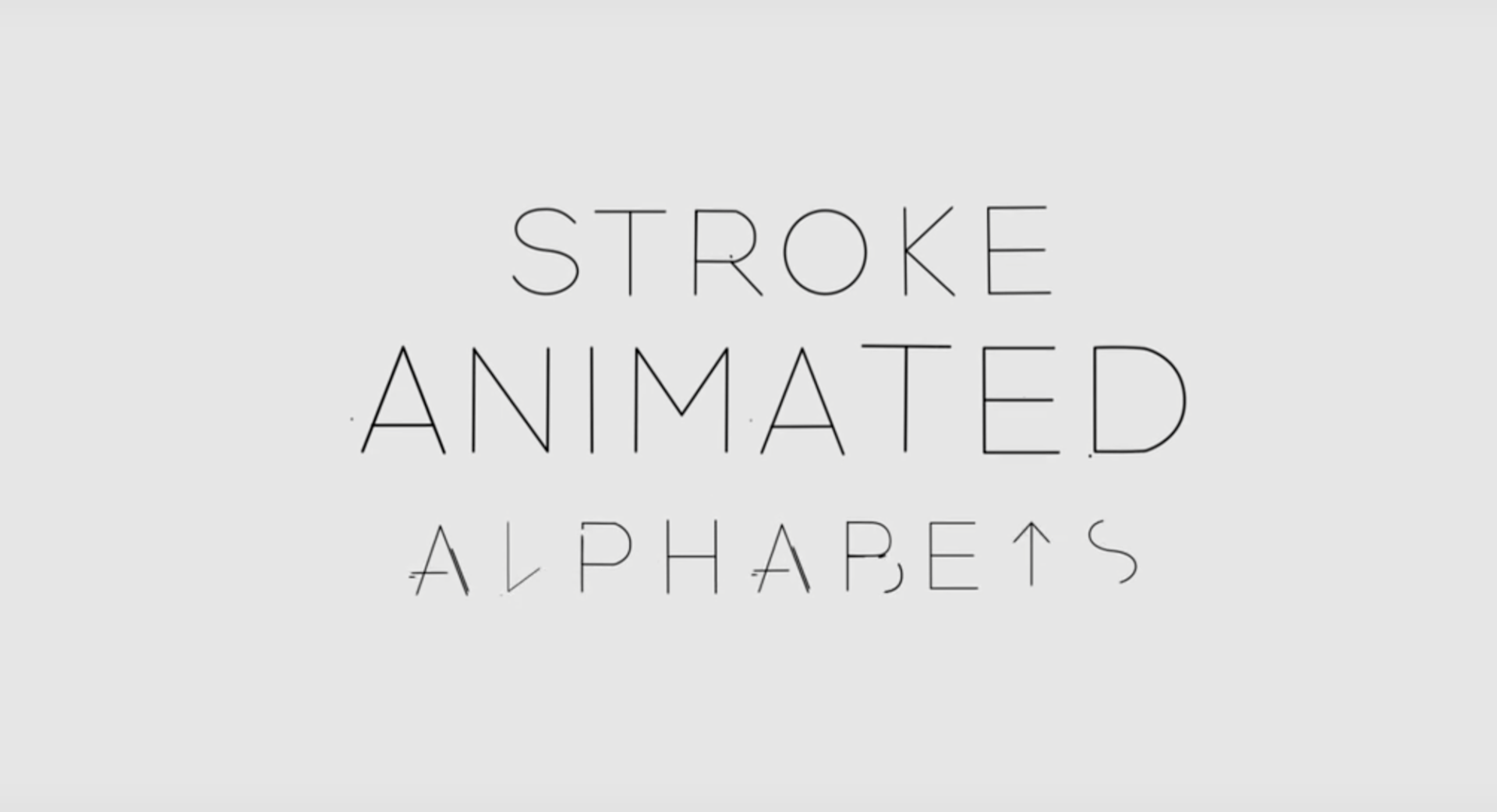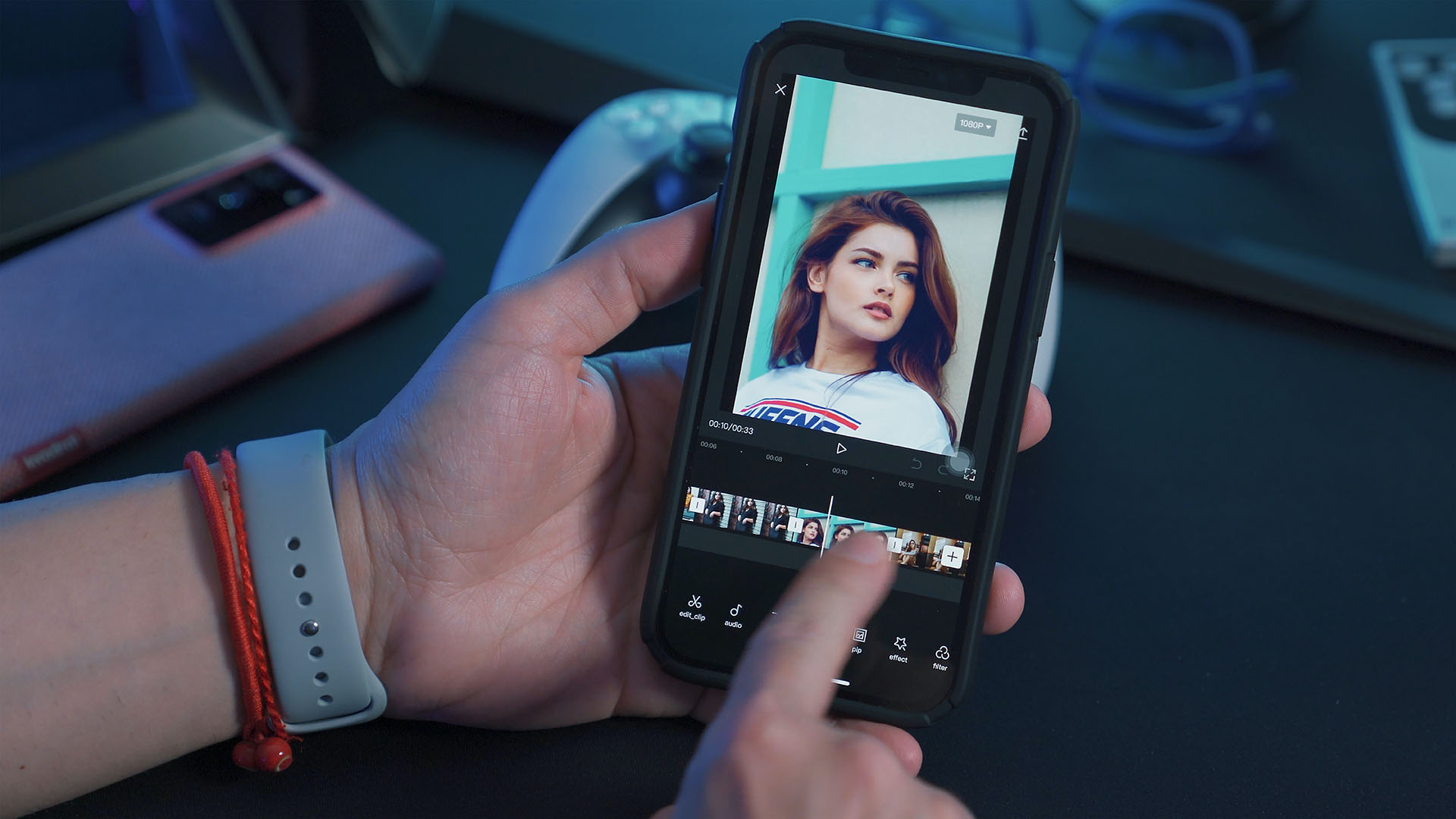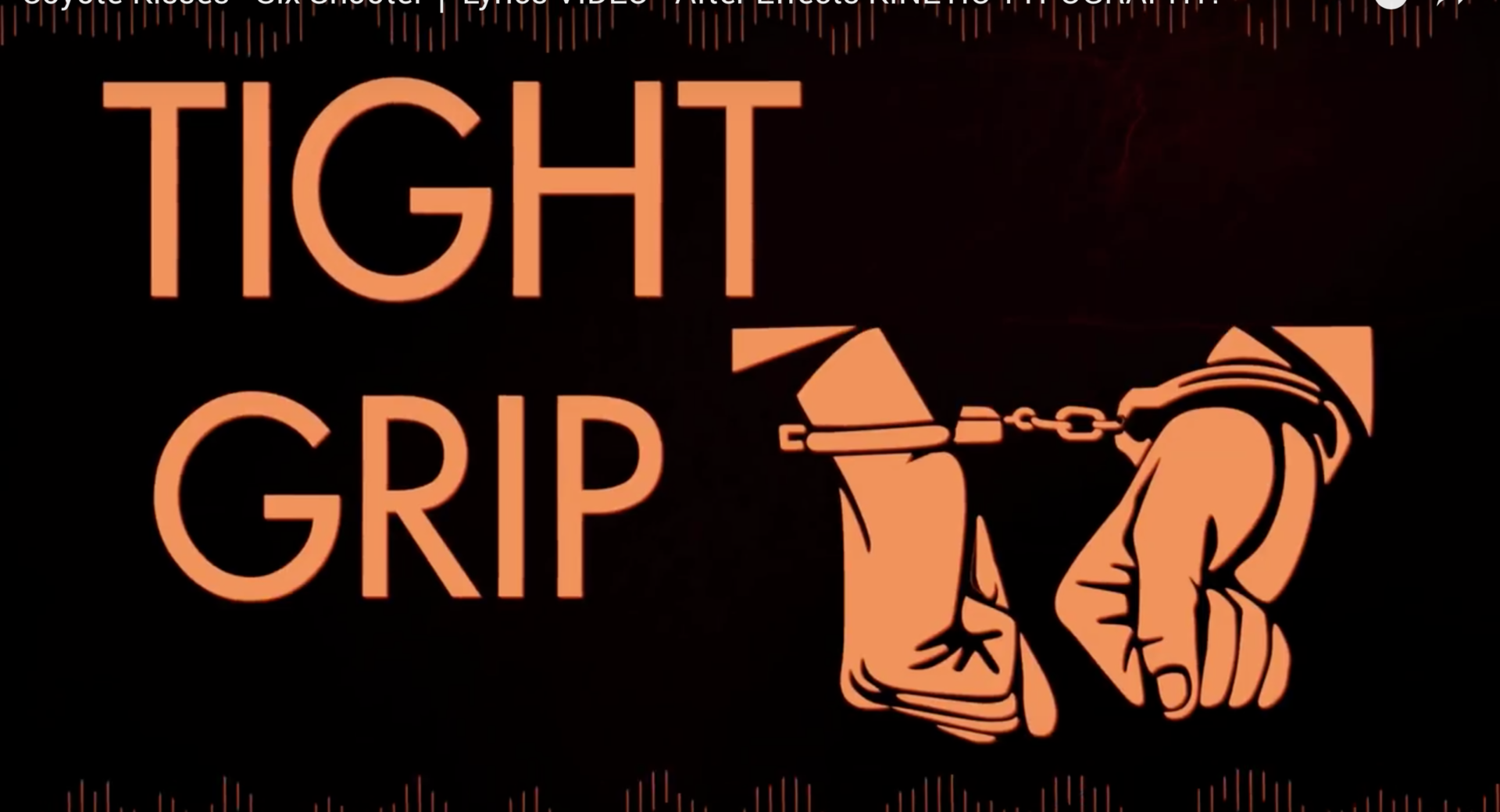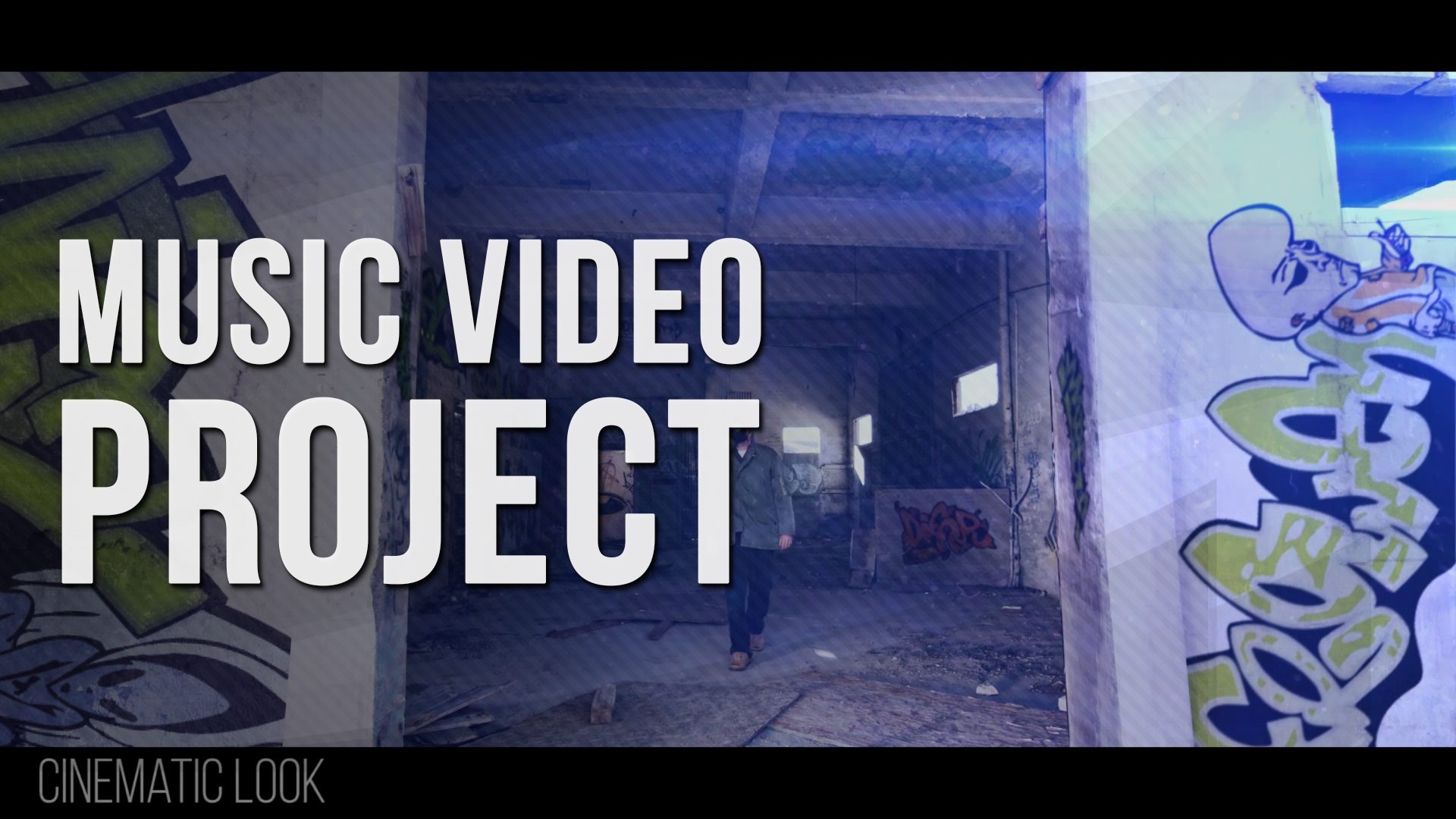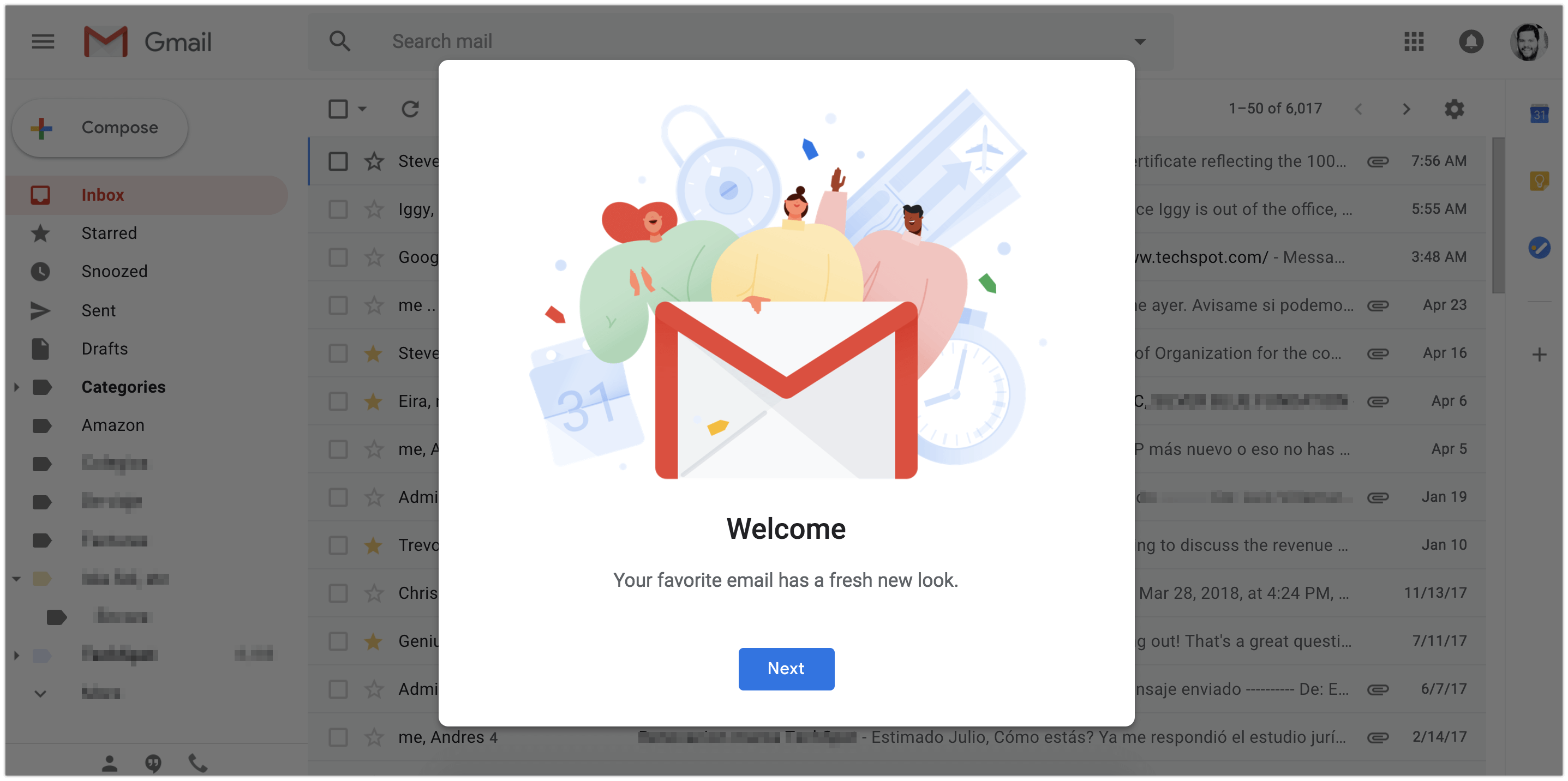Editing videos so that they are more impressive isn’t easy. Each video that you edit will be unique and require different alterations be made to it.
Often experience is needed to know what alterations to make and how they will affect your videos – which adds to the challenge. However if you’d like to start to edit together more impressive videos right here and right now, there are four useful tips that you should follow:
1) Try to avoid jarring transitions when cutting from one clip to the next
When you transition between various clips in your video, you should think about how it will affect the viewer. In general it is best to make the cut as seamless as possible, to the point where viewers aren’t even consciously aware of it.
Certain types of video cuts can help make this easier, such as the cut on action, match cut, or L and J cut if you’re working with audio. By smoothly transitioning between clips, the video will be able to keep the attention of viewers much better.
2) Use color grading to create the aesthetic of the video
Although color grading is often mistaken for color correction, it is not the same thing. Color correction involves balancing the colors in videos to make them look more like they do in real life. On the other hand color grading is about adjusting the colors further to craft a visual aesthetic that affects the tone and mood of the video.
For example you could make the colors brighter and more vivid to convey happiness, faded and washed out if the mood is somber, or dark and shadowy to set a scary tone. By giving it that emotional impact, your video should look far more impressive.
3) Add in background music to set the tone (and the pace)
The right background music can completely transform how your video feels, and make its overall impact much greater. Finding the ‘right’ background music can be tricky however, and you will want it to match the tone that you’re trying to create in your video.
Having background music in your video can help you to structure its pace as well. In most cases it is better to not just add the background music ‘as is’, but cut it and structure it so that it fits the video better in terms of its tempo and climax.
4) Remember that it is all about the story
When you’re editing your video, always remember that you are putting together a story. All the footage that you’re stitching together, the mood of the video, its tone, and pace are elements that you can use to tell that story in a more engaging (and ultimately impressive) manner.
Don’t lose sight of the story at any point, and make sure every choice that you make when editing fits it as perfectly as possible.
After you’re done editing your video, find the right format and settings to encode it based on how it will be used – but keep a copy of the original. After encoding and compressing the video some data will be lost, and every time you convert video it may deteriorate slightly.
By keeping a copy of the original, you will be able to go back to it if you ever need to – and re-encode directly from it as opposed to creating a copy of a copy that will look less impressive over time.
